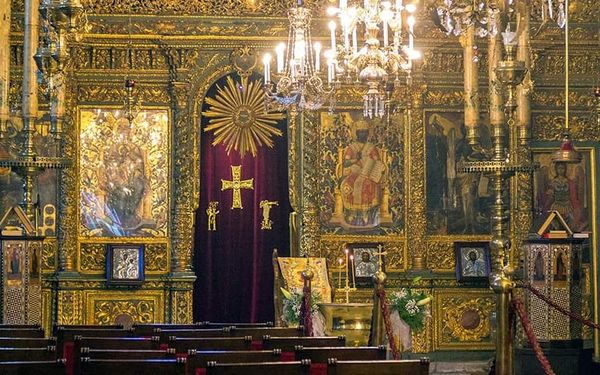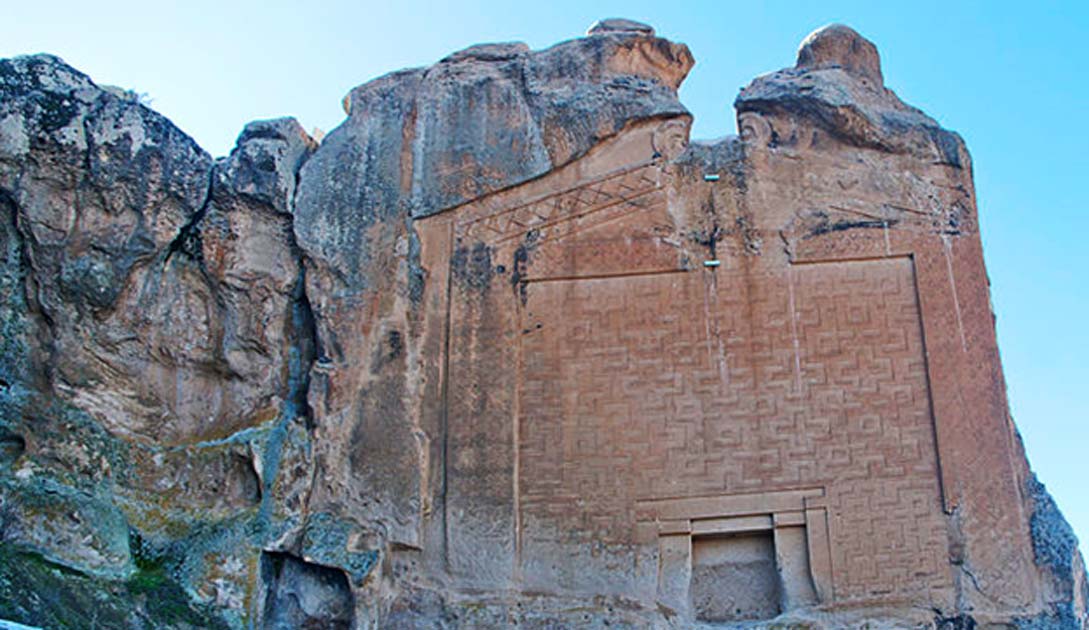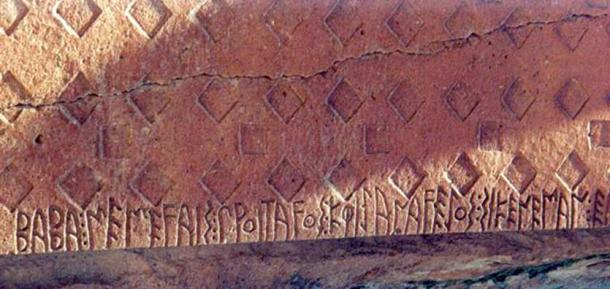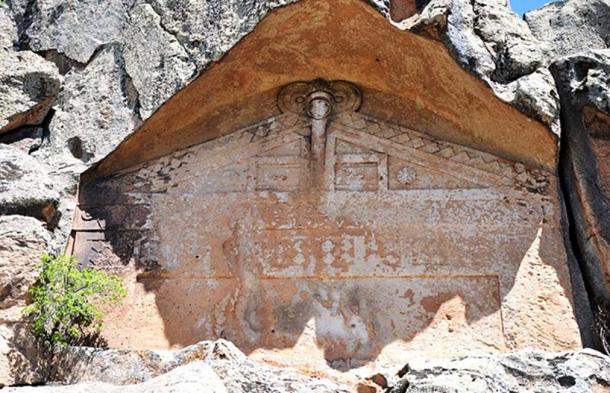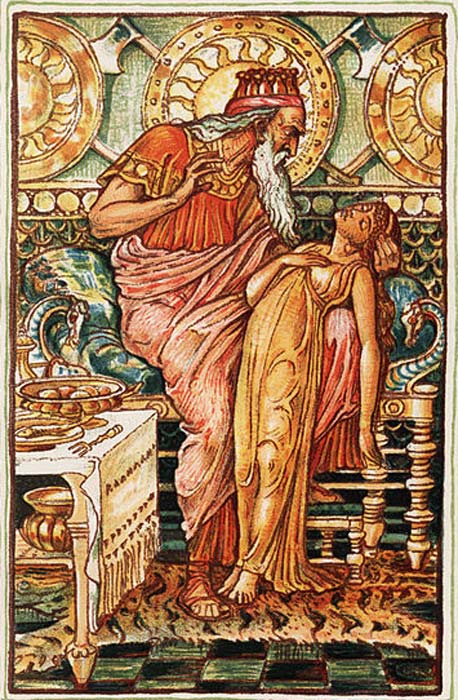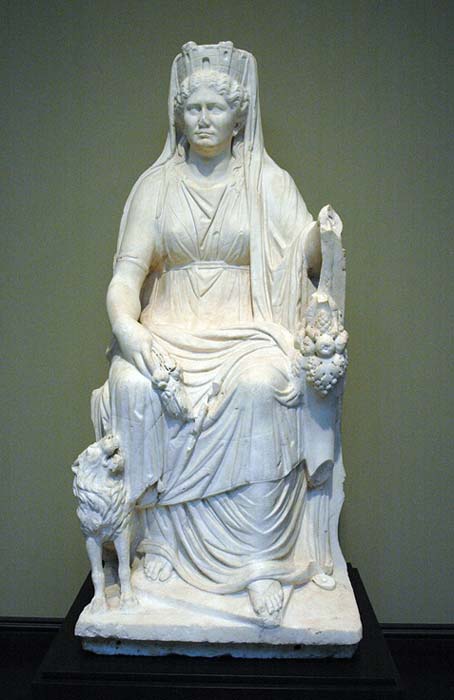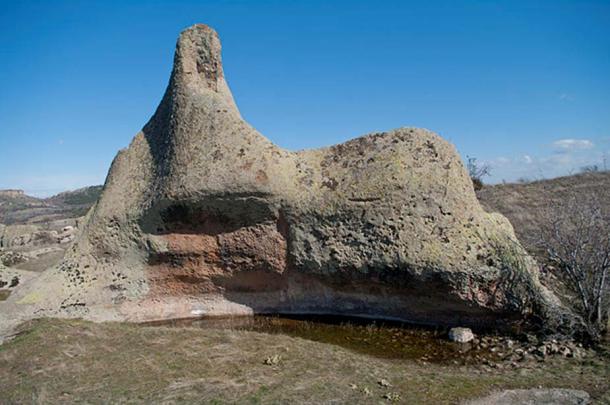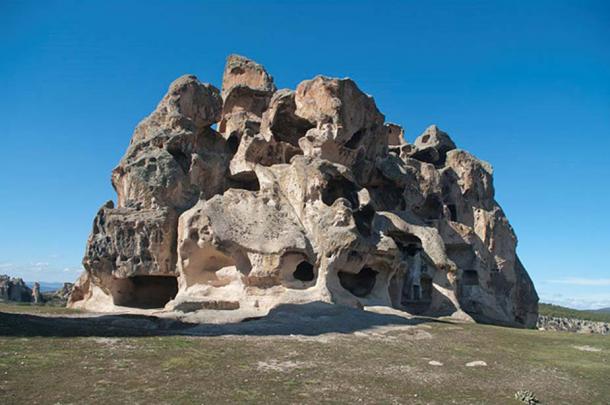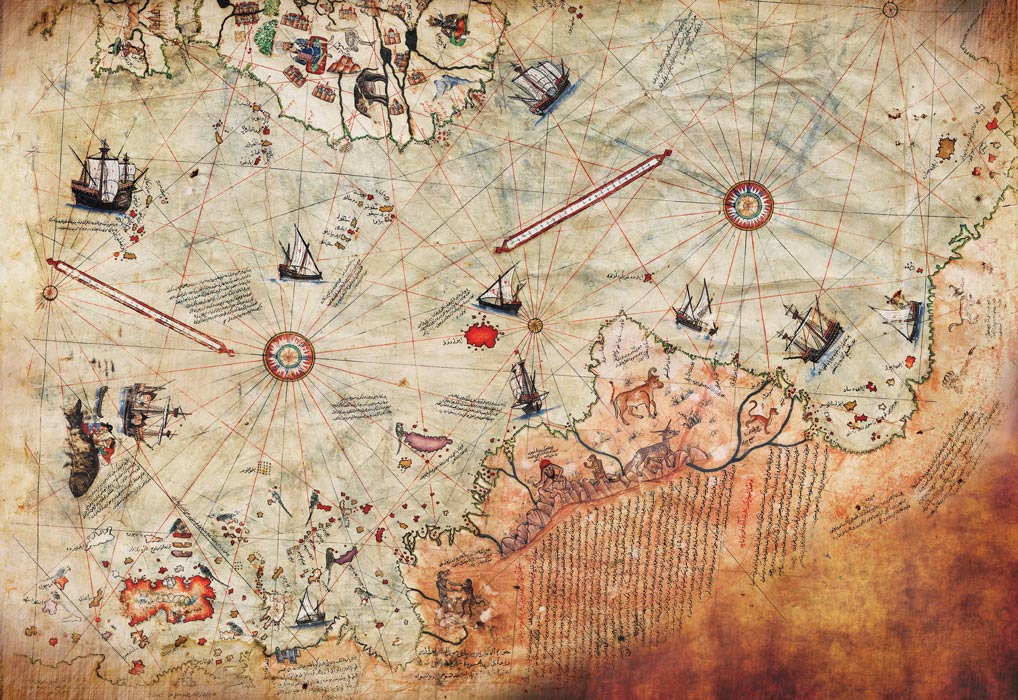Dr. Mehmet Oz received a key endorsement in the Senate primary race to replace Republican Sen. Pat Toomey, who announced that he will be retiring.
Rep. Guy Reschenthaler (R-Pa.), a member of House GOP leadership, told The Post Wednesday he’s throwing his support behind the celebrity physician.
“I’m endorsing Dr. Oz for Senate because Dr. Oz is our clearest path to victory in this election,” Reschenthaler said.
He added that Oz’s name recognition and medical experience could give him an advantage in the race.
Oz — who rose to fame as a frequent guest on “The Oprah Winfrey Show” before obtaining his own television show in 2009 — announced his bid to represent the Keystone State in a Washington Examiner op-ed on Tuesday.
In the piece, he took aim at the national response to the pandemic and said his medical experience could help shape policy.
Reschenthaler likened Oz to former Presidents Donald Trump and Ronald Reagan, arguing his celebrity will prove to be a difficult hurdle for others in the race to overcome, adding that he believes his populist leanings will resonate with voters in today’s political climate.

“Here’s why Dr. Oz gives me optimism that we can win. First, he’s coming in with almost nearly universal name identification. If President Trump taught us one thing, it’s the importance of name identification, especially in a primary,” the Pennsylvania Republican said.
“Additionally, Dr. Oz is coming in with his incredible American success story having invented a valve that saved countless lives a heart valve saved countless lives.”
Former Trump-backed candidate Sean Parnell’s decision to suspend his campaign after his estranged wife made domestic abuse allegations against him.

Businessman David McCormick, who runs Bridgewater Associates, and former Trump ambassador to Denmark Carla Sands are also considering entering the primary.
Reschenthaler noted that establishment Republicans have begun to rally around businessman David McCormick, but argued that he doesn’t believe he is their best shot in a general election. McCormick has drawn heat for outsourcing jobs and pointed to his firm, Bridgewater Capital, having invested billions in China as problematic.
While Oz may have name recognition, he has been criticized for his past residency in New Jersey. He also previously donated to Democrat candidates and has been accused of providing controversial medical advice.

“There’s carpetbagging then there is this guy trying to buy a U.S. Senate seat in a state he doesn’t live in, doesn’t know, and can’t fight for effectively,” a spokesman for the Super PAC, Jobs for Our Future, told The Pittsburgh Post-Gazette. “Oz doesn’t know the first thing about conservative Pennsylvania values and primary voters are about to find out how out of touch he is.”
But proponents of his bid argue that several successful candidates have moved from out of state and don’t feel his controversial medical suggestions will prove to be problematic in the primary.
“I can’t speak to what Dr. Oz has said and what he hasn’t said. But the American people are losing faith quickly and the CDC and people within the government are speaking about issues because they’re putting politics above science,” one senior Pennsylvania source said.
see also

GOP Senate candidate Dr. Oz says America ‘in crisis’ but the ‘prognosis is good’
“Dr. Oz is coming from in as a trusted medical resource on TV, I’d be willing to say and if you were going to be much more ready to believe Dr. Oz and they are a political hack.”
Pennsylvania is seen as a key swing state Republicans will need to fight to retain as they look to flip the majority in the upper chamber.
High-profile Democrats including moderate Democrat Conor Lamb, Lt. Gov. John Fetterman, state representative Malcolm Kenyatta and Montgomery County Commissioner Val Arkoosh have thrown their hat in the ring for the open seat in the purple state.
The state’s primary races are slated to take place in May 2022.
More On: dr. oz
- The doc is out: TV stations yank ‘Dr. Oz Show’ as surgeon runs for Senate
- GOP Senate candidate Dr. Oz says America ‘in crisis’ but the ‘prognosis is good’
- Dr. Oz announces Pennsylvania Senate run, says he’ll ‘help us heal’
- Pa. Senate GOP primary fight over ‘savior’ candidate’s business record


